- Tips for Shaping Peppers for Maximum Yield
- 1. Pruning:
- 2. Topping:
- 3. Proper Support:
- 4. Mulching:
- 5. Watering and Fertilizing:
- Identify the Optimal Time to Start Shaping
- Removing Weak or Damaged Shoots
- Pruning Excessive Leaf Growth
- Pinching Off Side Branches for Energy Distribution
- Why Pinching off Side Branches is Important
- When to Pinch off Side Branches
- How to Pinch off Side Branches
- Benefits of Pinching off Side Branches
- Focus on Removing Suckers
- Removing Early Flowers for Increased Vigor
- Training the Main Stem for Upright Growth
- Maintaining Regular Care and Maintenance
- Watering
- Fertilizing
- Weeding
- Pruning
- Support and Staking
- Pest and Disease Control
- “Question-Answer”
- When is the best time to shape pepper plants?
- Should I remove all the shoots from my pepper plants?
- How many shoots should I leave on my pepper plants?
- What are suckers and why should I remove them?
- What is the purpose of shaping pepper plants?
- “Video” Don’t Prune Your Peppers!
Peppers are a popular crop among home gardeners and commercial growers alike. Not only are they versatile in the kitchen, but they also provide a high yield when properly cared for. One important aspect of pepper cultivation is shaping the plants to encourage healthy growth and maximize the production of juicy, ripe fruits.
When shaping peppers, it’s important to understand which shoots to remove and which to keep. This practice helps redirect the plant’s energy into fruit production and ensures that the plants develop a strong structure to support the weight of the peppers. The specific shoots to remove can vary depending on the pepper variety and growing conditions, but there are some general guidelines to follow.
First, it’s important to remove any suckers that develop in the axils of the leaves. These small shoots can divert the plant’s energy away from fruit production and result in smaller, lower-quality peppers. By regularly removing these suckers, you allow the plant to focus its energy on developing larger, more flavorful fruits.
Another type of shoot to remove is the central leader or main stem. While this may seem counterintuitive, especially considering its name, removing the central leader helps promote branching and creates a bushier plant. More branches mean more flowers and, ultimately, more peppers. By removing the central leader early on, you encourage the plant to develop multiple stems, leading to a higher overall yield.
Tips for Shaping Peppers for Maximum Yield
1. Pruning:
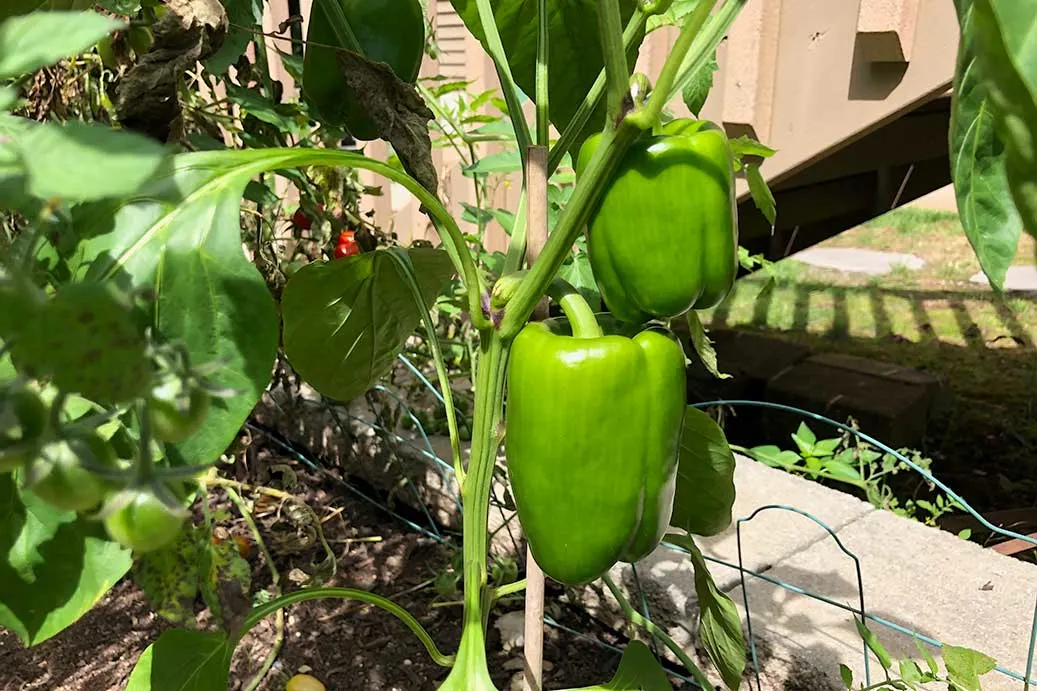
Pruning is an important technique to shape pepper plants and maximize their yield. By removing certain shoots, you can redirect the plant’s energy towards producing larger, juicier fruits.
When pruning pepper plants, it is essential to remove any lateral shoots that emerge from the leaf axils. These shoots, also known as suckers, can divert nutrients away from the main stem and reduce the overall yield of the plant.
Additionally, you should prune any damaged or diseased branches to prevent the spread of disease and ensure the plant’s health.
2. Topping:
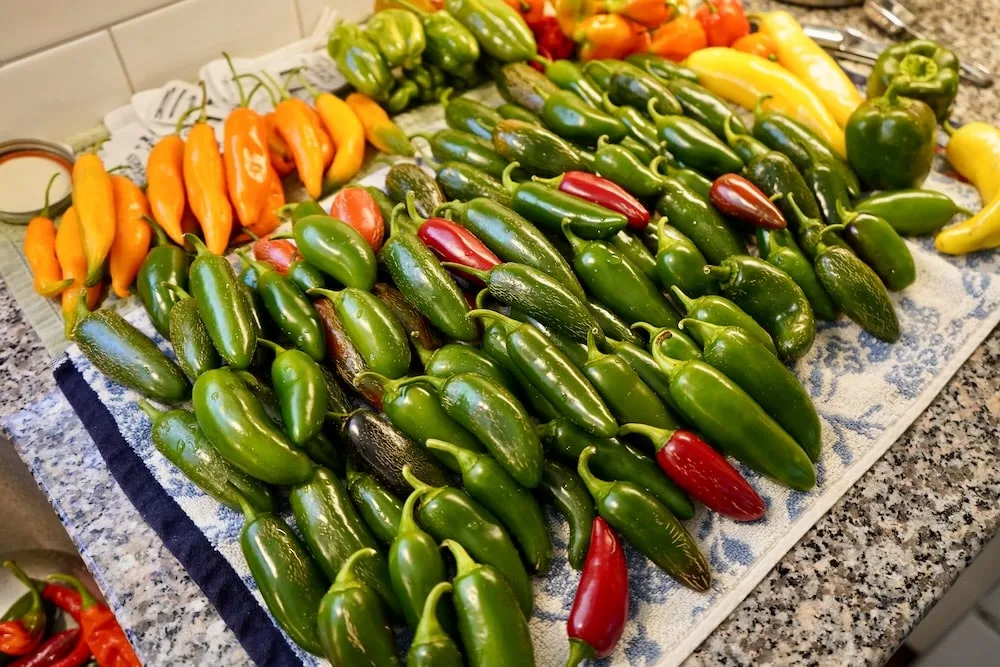
Topping is another pruning technique that can promote fruit development in pepper plants. It involves removing the top portion of the main stem, just above the last developed node.
By topping the plants, you encourage the growth of lateral branches, which will result in more flower buds and thus a higher fruit yield.
3. Proper Support:
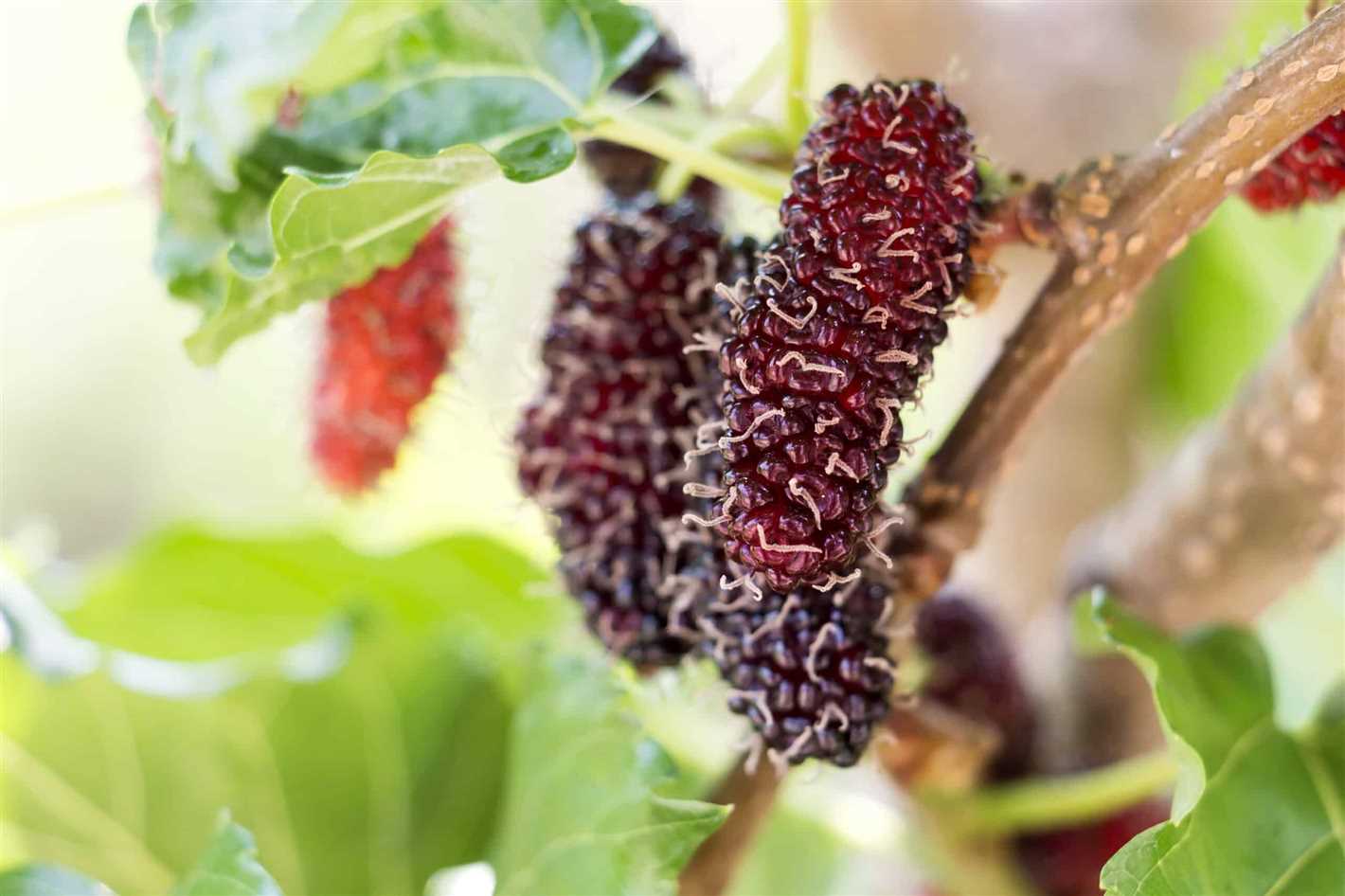
Providing proper support to pepper plants is crucial for shaping them and optimizing fruit production. You can use stakes, cages, or trellises to support the plants and prevent the branches from breaking under the weight of the fruits.
When securing the plants, ensure that the support is sturdy and does not restrict the growth of the branches. This will help the plants maintain an upright position and allow for better light penetration and air circulation, resulting in healthier plants and improved fruit development.
4. Mulching:
Applying a layer of mulch around the base of pepper plants can help maintain soil moisture, suppress weed growth, and regulate soil temperature. These factors play a significant role in shaping the plants and maximizing fruit production.
Choose an organic mulch, such as straw or shredded leaves, and apply it around the plants, leaving a gap between the mulch and the stem to prevent rotting. This will create a favorable environment for the plants’ root system and promote healthy growth.
5. Watering and Fertilizing:
Maintaining proper watering and fertilizing practices is essential for shaping peppers and achieving maximum yield.
Pepper plants require consistent moisture throughout the growing season. Ensure that the soil remains evenly moist but not waterlogged. Irrigate the plants deeply, providing enough water to reach the root zone.
Additionally, peppers benefit from regular fertilization. Apply a balanced fertilizer, following the package instructions, to provide the essential nutrients that promote healthy growth and fruit development.
Remember to monitor the plants’ water and nutrient needs and adjust your watering and fertilizing schedule accordingly.
| Tip | Description |
|---|---|
| Pruning | Remove lateral shoots and damaged branches to direct the plant’s energy towards fruit production. |
| Topping | Remove the top portion of the main stem to encourage lateral branch growth and increase the number of flower buds. |
| Proper Support | Use stakes, cages, or trellises to support the plants and prevent breakage under the weight of the fruits. |
| Mulching | Apply organic mulch around the plants to regulate soil moisture, suppress weeds, and maintain a stable soil temperature. |
| Watering and Fertilizing | Maintain consistent moisture levels in the soil and provide regular fertilization to meet the plants’ water and nutrient needs. |
Identify the Optimal Time to Start Shaping
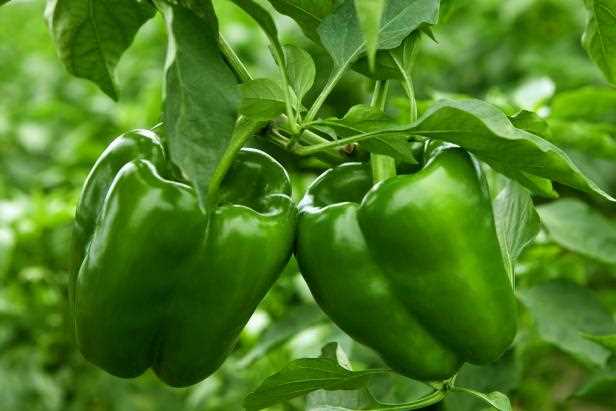
Shaping peppers is an essential practice for maximizing the yield of juicy ripe fruits. However, it is crucial to identify the optimal time to start shaping in order to achieve the best results. Here are some key factors to consider when determining the ideal time to begin shaping your pepper plants:
- Growth Stage: It is recommended to start shaping pepper plants when they have reached the vegetative growth stage. This is typically when the plants have developed a strong root system and multiple sets of true leaves.
- Plant Height: Wait until the pepper plants have reached a height of at least 10-12 inches before starting the shaping process. This ensures that the plants are mature enough to handle the pruning and shaping without causing stress or stunting their growth.
- Weather Conditions: Consider the current and forecasted weather conditions before shaping your pepper plants. It is best to avoid shaping during extremely hot or cold periods, as this can put additional stress on the plants. Aim for mild temperatures and moderate humidity for optimal results.
By taking these factors into account, you can determine the optimal time to start shaping your pepper plants. Remember to always handle the plants with care and use clean, sharp tools for pruning. With proper shaping techniques and timing, you can encourage healthy growth and a bountiful harvest of juicy, ripe peppers.
Removing Weak or Damaged Shoots
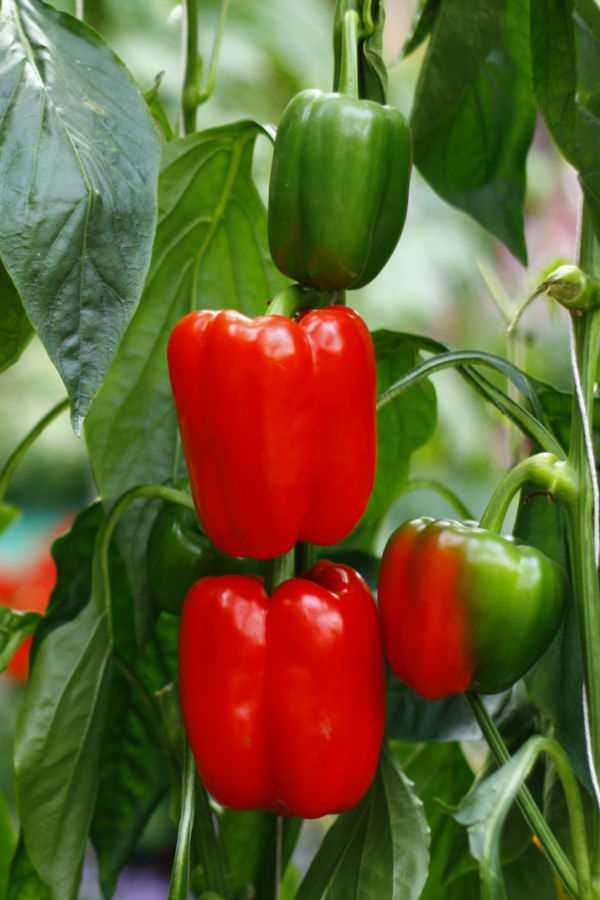
When it comes to growing peppers, it’s important to ensure that each plant is given the opportunity to produce healthy and ripe fruits. One way to maximize your pepper yield is by removing any weak or damaged shoots from the plant.
Weak shoots can be identified by their thin and spindly appearance, as well as their lack of foliage and overall vigor. They often struggle to produce flowers and fruits, resulting in a lower yield.
Damaged shoots, on the other hand, can occur due to pest infestation, disease, or physical injury. These shoots may exhibit signs such as discoloration, wilting, or the presence of lesions. By removing these shoots, you can prevent the spread of disease and ensure that the plant’s energy is directed towards healthy growth and fruit production.
Here are some steps to follow when removing weak or damaged shoots:
- Inspect the pepper plant carefully to identify any weak or damaged shoots. You may need to gently move the foliage aside to get a clear view.
- Use a pair of clean and sharp pruning shears to make a clean cut just above the node where the weak or damaged shoot meets the main stem. Make sure to sterilize the pruning shears between cuts if you suspect any disease or infestation.
- Collect the removed shoots and dispose of them properly to prevent any potential spread of disease.
By removing weak or damaged shoots from your pepper plants, you are helping to promote healthy growth and maximizing the yield of juicy and ripe fruits. Remember to regularly inspect your plants throughout the growing season and remove any new weak or damaged shoots as needed.
Pruning Excessive Leaf Growth
When growing peppers, it’s important to maintain a balance between leaf growth and fruit production. If the plant puts too much energy into leaf production, it may result in fewer and smaller fruits. Pruning excessive leaf growth can help redirect the plant’s energy towards fruit set and development.
Here are some tips for pruning excessive leaf growth in peppers:
- Identify excessive leaf growth: Excessive leaf growth can be identified by dense foliage that can block sunlight and airflow, making it difficult for the peppers to develop properly. It is important to differentiate between excessive leaf growth and normal healthy foliage.
- Remove lower leaves: Start by removing the lower leaves that are touching the ground or have turned yellow and wilted. These leaves are often the first to show signs of disease or pest infestation and can serve as a breeding ground for pathogens.
- Prune suckers: Suckers are the new shoots that emerge from the leaf axils of pepper plants. While they may look harmless, they can divert the plant’s energy from fruit development. Remove suckers by gently pinching them off when they are small.
- Thin out crowded branches: If the plant has multiple branches that are densely packed, consider thinning them out to allow better airflow and light penetration. This can be done by removing some of the smaller, weaker branches.
- Prune to maintain desired shape: Regular pruning can help maintain the desired shape and size of the pepper plant. This can be particularly important for determinate varieties that tend to be more compact and bushy.
Remember to use clean, sharp pruning tools when pruning peppers to minimize the risk of spreading diseases.
By pruning excessive leaf growth, you can encourage your pepper plants to focus their energy on producing juicy and ripe fruits, resulting in a bountiful harvest.
Pinching Off Side Branches for Energy Distribution
Pinching off side branches is an essential technique for maximizing the yield of juicy and ripe peppers. By removing unnecessary branches, you redirect the plant’s energy towards the development of the main stem and fruit production.
Why Pinching off Side Branches is Important
When pepper plants develop too many side branches, the energy of the plant gets distributed among multiple stems, resulting in smaller and less flavorful fruits. By pinching off these side branches, you ensure that the plant’s resources are focused on fewer stems, allowing for larger and more well-developed peppers.
When to Pinch off Side Branches
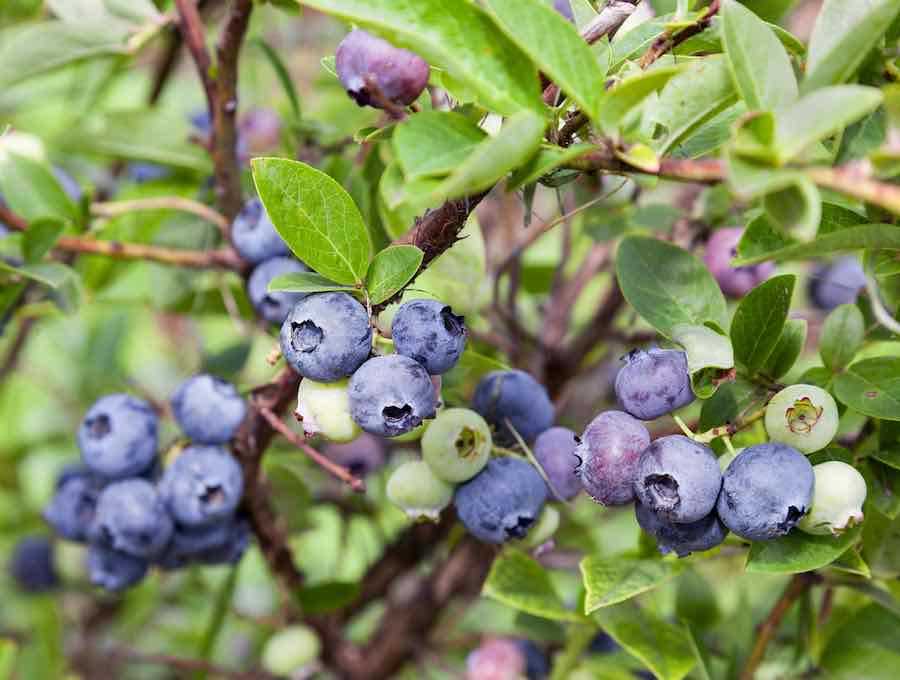
It is best to pinch off the side branches when the plant is still young and before it starts flowering. This allows the plant to redirect its energy towards establishing a strong main stem and root system. Pinching off side branches at this stage also avoids the risk of damaging the developing fruits.
How to Pinch off Side Branches
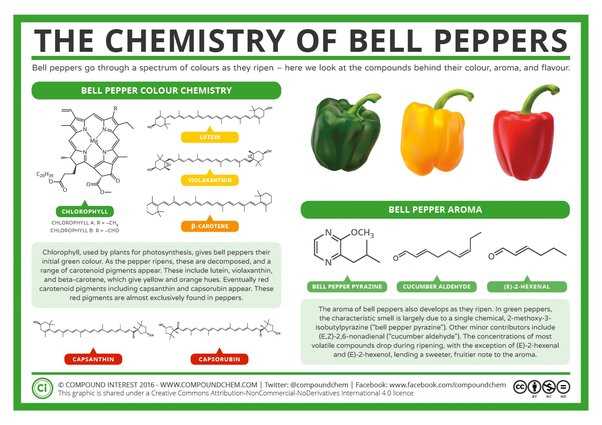
To pinch off side branches, use your fingers or a clean pair of pruning shears. Identify the smaller, weaker branches growing from the main stem and gently remove them by applying pressure at the base of the branch. Be careful not to damage the main stem or any surrounding leaves in the process.
Benefits of Pinching off Side Branches
Pinching off side branches not only promotes the growth of larger peppers but also improves air circulation and light penetration throughout the plant. This helps to reduce the risk of disease and encourages uniform ripening of the fruits. Additionally, removing excess branches makes it easier to access and harvest the peppers when they are ready.
| Benefits | Timing | Technique |
|---|---|---|
| Promotes larger peppers | When the plant is young | Pinch off with fingers or pruning shears |
| Improves air circulation and light penetration | Before flowering | Apply gentle pressure at the base of the branch |
| Reduces risk of disease | Avoid damaging the main stem or surrounding leaves |
By pinching off side branches, you can ensure that your pepper plants produce a maximum yield of juicy and ripe fruits. This simple technique helps to focus the plant’s energy on the main stem and improve overall plant health.
Focus on Removing Suckers
Suckers are the small shoots that grow in the axils of the main stem and branches of pepper plants. They can divert important nutrients and energy from the main plant, affecting its overall growth and fruit production. Therefore, it is essential to focus on removing suckers to ensure maximum yield of juicy ripe fruits.
Identifying Suckers:
Suckers are usually smaller in size compared to the main stem and branches. They emerge from the leaf axils, which are the areas where the leaves join the stem. Suckers can sometimes have a different leaf shape or color, making them easier to identify.
When to Remove Suckers:
It is recommended to remove suckers when they are still small and tender, as they are easier to remove and are less likely to cause damage to the main plant. Regularly inspect your pepper plants and remove suckers as soon as they appear. This should be done throughout the growing season to ensure the plant’s energy is directed towards fruit production.
How to Remove Suckers:
Using clean and sharp garden shears or scissors, carefully cut off suckers close to where they emerge from the main stem or branch. Avoid damaging the main plant while removing suckers. It is also a good practice to remove any suckers that are growing below the first set of flowers, as they are less likely to produce fruits.
Benefits of Removing Suckers:
- Improved airflow and sunlight penetration: Removing suckers allows better airflow between the plants, reducing the risk of disease and promoting healthier growth. It also increases sunlight penetration, leading to better fruit development.
- Channeling energy into fruit production: By removing suckers, the plant’s energy is focused on producing larger and juicier fruits.
- Easier harvesting: Removing suckers helps ensure that the plant’s fruits are more accessible for harvesting, making the process quicker and more efficient.
Conclusion:
By focusing on removing suckers from pepper plants, you can maximize the yield of juicy ripe fruits. Regularly inspect your plants, identify and remove suckers as soon as they appear. This simple practice can greatly enhance the growth and productivity of your pepper plants.
Removing Early Flowers for Increased Vigor
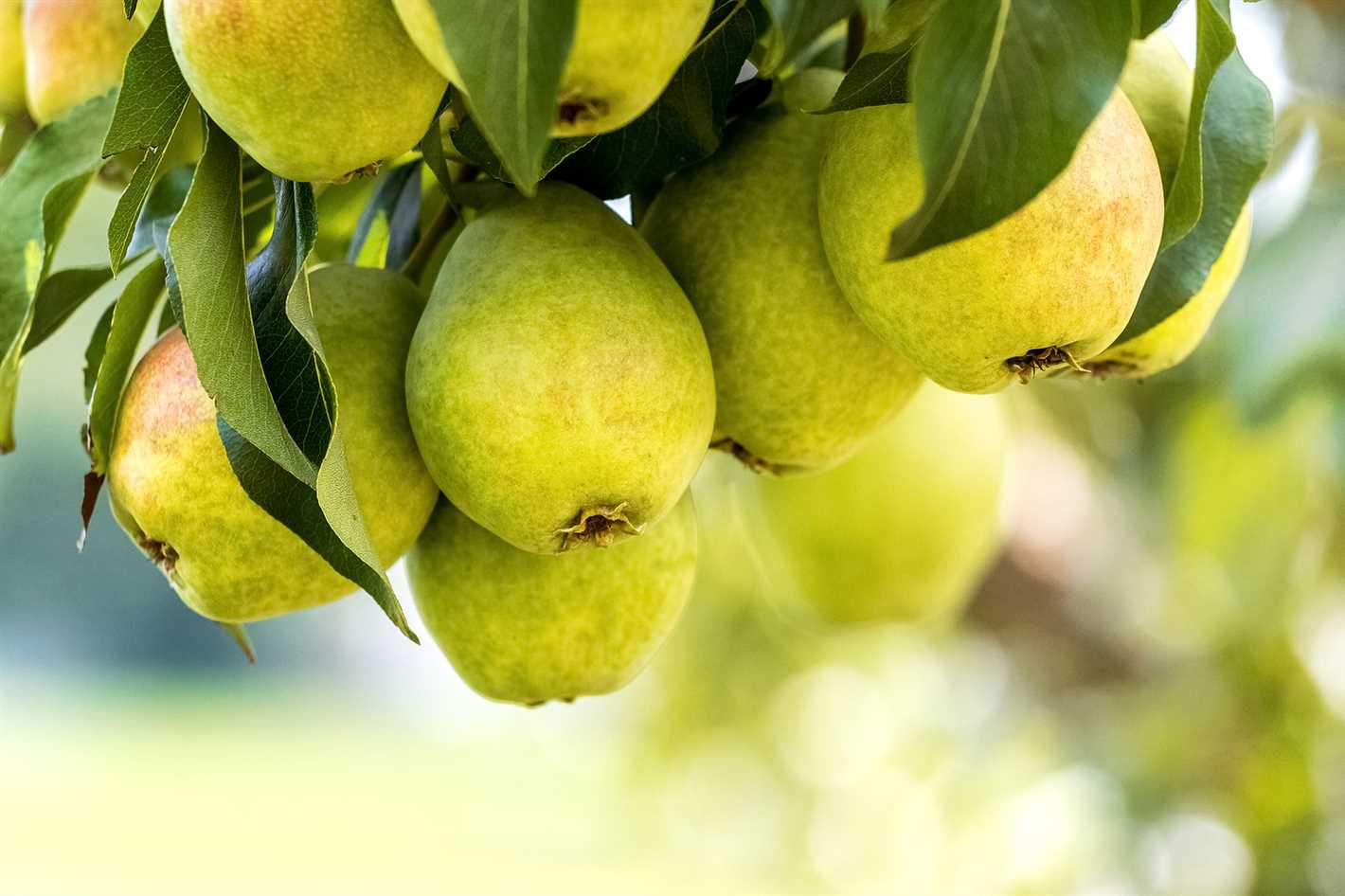
One common technique for shaping pepper plants is to remove early flowers. While it may seem counterproductive to remove potential fruit, this practice can actually lead to increased vigor and higher yields in the long run.
When pepper plants start producing flowers, they channel a significant amount of energy into the process of flowering and fruiting. This energy allocation can limit the plant’s ability to develop a strong root system and establish a solid foundation for future fruit production.
By removing the early flowers, you allow the pepper plant to redirect its energy towards root and vegetative growth. This helps the plant develop a robust root system, which in turn supports the growth of more foliage and fruit later in the season.
Here are a few tips for effectively removing early flowers:
- Start removing flowers when the plants have reached about 6-8 inches in height. At this stage, the plants are still relatively young and removing flowers will have a minimal impact on future fruit production.
- Use clean pruning shears or scissors to carefully cut off the flowers. Make sure to sanitize your tools between each cut to prevent the spread of diseases.
- Focusing on removing flowers from the lower parts of the plant, as these are usually the first to develop. This will allow the upper parts of the plant to receive more energy and nutrients for growth.
- Regularly monitor your pepper plants and continue removing early flowers as they appear. This will ensure that the plant stays focused on vegetative growth and building a strong foundation for fruit production.
While removing early flowers may seem counterintuitive, it is an effective strategy for maximizing the productivity of your pepper plants. By redirecting the plant’s energy towards root and vegetative growth, you can ensure a stronger and more abundant harvest of juicy and ripe peppers.
Training the Main Stem for Upright Growth
When growing peppers, training the main stem for upright growth is important to ensure maximum yield of juicy ripe fruits. By properly supporting and guiding the main stem, you can help the plant grow in a structured manner, allowing for better air circulation and sunlight exposure.
Here are some tips for training the main stem:
- Staking: Use stakes to support the main stem and prevent it from bending or breaking under the weight of the peppers. Place the stakes firmly into the ground next to the plant, inserting them deeply to provide stability. As the plant grows taller, gently tie the main stem to the stake using soft plant ties or twine.
- Pruning: Regularly prune any side shoots or suckers that emerge along the main stem. These side shoots can divert energy and nutrients away from the main stem, resulting in a weaker plant and smaller fruit yield. Remove the side shoots when they are small and easy to pinch off, using clean gardening shears or your fingers.
- Topping: To encourage more upright growth and stimulate the plant to produce more side shoots, you can also consider topping the main stem. By removing the growing tip of the main stem, you promote lateral growth and development of more branches. This can lead to a bushier plant with more fruit-bearing potential.
Additional considerations:
- Support: As the pepper plants grow taller and heavier with fruit, provide additional support by tying the branches to stakes or using tomato cages. This will prevent the branches from bending or breaking due to the weight of the peppers.
- Spacing: Ensure adequate spacing between pepper plants to allow for proper air circulation and sunlight penetration. This will prevent the spread of diseases and ensure all parts of the plant receive sufficient light for optimal growth.
- Pruning frequency: Regularly inspect and prune the pepper plants throughout the growing season. This will help maintain the desired shape and structure, as well as remove any dead, diseased, or damaged leaves or branches.
- Training methods: Experiment with different training methods such as trellising, weaving, or stringing to find the best approach for your particular pepper varieties and growing conditions. Each method may offer advantages in terms of plant support, airflow, and ease of access for harvesting.
By training the main stem for upright growth and properly supporting your pepper plants, you can maximize their yield of juicy ripe fruits. Remember to regularly monitor and adjust your training techniques as the plants grow, and don’t be afraid to experiment with different methods to find what works best for you.
Maintaining Regular Care and Maintenance
Proper care and maintenance are crucial for the health and productivity of pepper plants. By following these guidelines, you can ensure the plants thrive and produce a bountiful harvest of juicy ripe fruits.
Watering
- Pepper plants require regular watering to keep the soil consistently moist, but not waterlogged.
- Water deeply once or twice a week, depending on the weather and soil conditions.
- Avoid overwatering, as it can lead to root rot and other problems.
- Consider using mulch to help retain moisture and prevent weed growth.
Fertilizing
- Provide peppers with a balanced fertilizer, rich in nitrogen, phosphorus, and potassium.
- Apply a slow-release fertilizer at the beginning of the growing season.
- Supplement with liquid fertilizer every few weeks during the active growth stage.
- Avoid excessive fertilization, as it can lead to lush foliage but fewer ripe fruits.
Weeding
- Regularly inspect the pepper beds and remove any weeds that compete for nutrients and water.
- Hand-pull the weeds or use a hoe, being careful not to damage the pepper plants.
- Mulching can also help to suppress weed growth and reduce the need for frequent weeding.
Pruning
- Regularly inspect the pepper plants for any damaged or diseased leaves or branches.
- Prune away any diseased or dead foliage to prevent the spread of diseases.
- Remove any suckers that form in the leaf axils to maintain a single-stemmed plant.
- Pruning can also help improve air circulation and sunlight penetration among the plants.
Support and Staking
- As the pepper plants grow taller, they may need support to prevent them from toppling over.
- Use stakes or cages to provide support and keep the plants upright.
- Prune away any excessive branches that may be weighing the plants down.
Pest and Disease Control
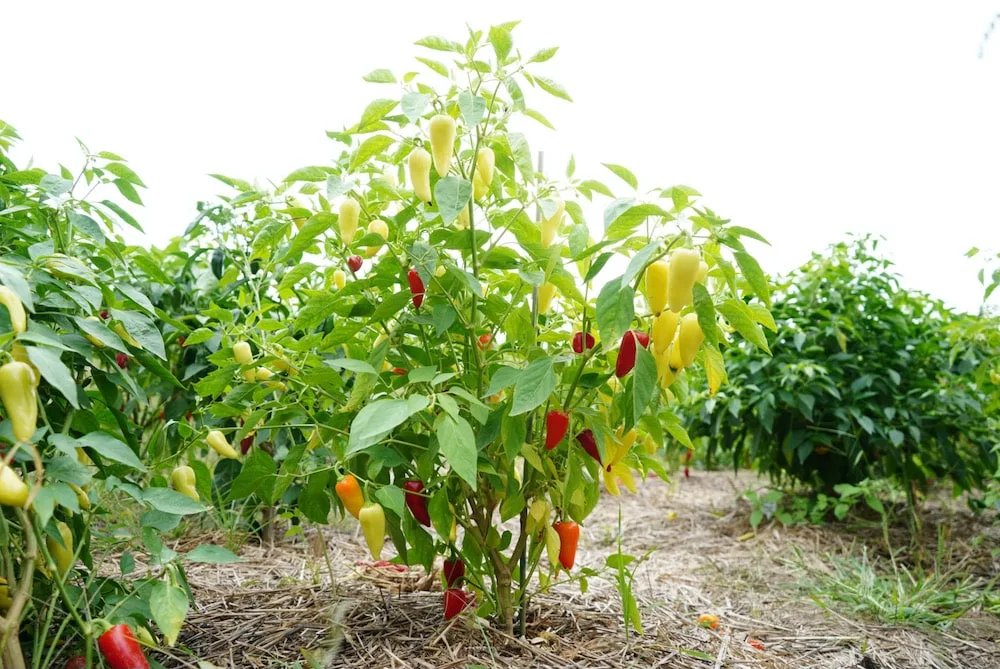
- Regularly inspect the pepper plants for any signs of pests or diseases.
- Keep the garden area clean and free of debris to discourage pest infestation.
- Use organic pest control methods, such as insecticidal soaps or neem oil, if necessary.
- If a disease outbreak occurs, remove and destroy the infected plants to prevent further spread.
By following these care and maintenance tips, you can ensure the overall health and productivity of your pepper plants, resulting in a generous yield of juicy ripe fruits for your enjoyment.
“Question-Answer”
When is the best time to shape pepper plants?
The best time to shape pepper plants is when they are young, ideally when they have 2-4 sets of true leaves. This allows the plants to focus their energy on developing strong roots and stems.
Should I remove all the shoots from my pepper plants?
No, you should not remove all the shoots from your pepper plants. While it’s important to remove the suckers that grow in the leaf axils, you should leave some of the shoots that grow from the main stem. These shoots will eventually become fruit-bearing branches.
How many shoots should I leave on my pepper plants?
You should leave 2-4 of the strongest shoots on your pepper plants. These shoots will become the main fruit-bearing branches, and removing any more shoots will ensure that the plant focuses its energy on these selected branches.
What are suckers and why should I remove them?
Suckers are shoots that grow in the leaf axils of pepper plants. They will not bear fruit and will instead divert energy from the main fruit-bearing branches. Removing suckers ensures that the plant’s energy is focused on producing juicy, ripe fruits.
What is the purpose of shaping pepper plants?
The purpose of shaping pepper plants is to encourage the growth of strong, fruit-bearing branches. By removing unnecessary shoots and suckers, the plant can direct its energy towards producing larger and juicier fruits. Shaping also helps improve air circulation and sunlight exposure, which can prevent diseases and promote healthy growth.







